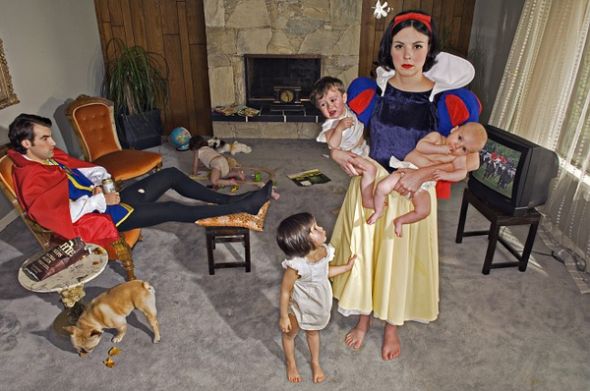I’ve had a change of focus lately which has meant that I’ve been seeing more couples for counselling. Over and above all the distress, anger and despair caused by ongoing conflict over toilet seats, gender roles, household chores, parenting styles, online shopping, infidelity or disparate sex drives, there is always the absolute astonishment and disbelief that they’ve ended up in relationship counselling. “What happened to us?” they ask. “How did we get here?” “What happened to my kind/passionate/funloving/generous wife? My understanding/romantic/helpful/active husband?” There’s often an underlying feeling that unresolvable conflict leading to counselling is something that happens to other couples, but never to “us”. They expected to live happily ever after, so come to counselling when their fairytale takes a more nightmarish turn.
The truth is, given the complex set of expectations, beliefs, values, behaviours and temperaments we bring into relationships, it’s astounding that any of us manage to get beyond the first date. Add to that the pressures of careers, parenting, ageing, illness, grief and loss, changes in financial circumstances and the thousands of other issues that face us over a lifetime and it’s a miracle that any of manage to remain in relationships at all.
Just as we all develop our own individual thinking styles in response to our experiences, our own habits of self-talk that either help or hinder our way through the day, every couple develops habitual ways of engaging with each other that either maintain or nurture closeness and intimacy, or result in distance and conflict. Professor Alan Fruzzetti, a psychologist at the University of Nevada, categorises these relationship patterns into four typical styles:
Mutual Avoidance. One partner gets becomes upset over something and experiences a “spike” of negative emotion. The other partner notices the change and begins to feel negative emotional arousal as well. Both partners avoid addressing the issue for fear of escalating the potential for conflict. Each partner experiences a sense of relief by using their avoidant strategy, therefore it’s more likely to be used again in future. Of course, nothing can be solved in this pattern, and the result is increasing distance and emotional isolation.
Destructive Engagement. In contrast to the mutual avoidance pattern, when both partners are experiencing negative emotional arousal and are locked into a pattern of destructive engagement, they express a lot of hostility toward each other. They cannot understand each other’s point of view and often end up saying things they later regret. The dangers of this pattern are that it increases each partner’s vulnerability and sensitivity so that they are more likely to experience dysregulated emotion in the future, thus perpetuating the pattern, and that the damage caused by hurtful words in heated moments may be irreparable.
Engage-Distance Pattern. In this pattern, one partner wants to move towards an issue, to discuss it and express thoughts and feelings about it, and the other person does not wish to. The difficult thing about this pattern is that both partners may start out with the best of intentions, and have the best of reasons for choosing their strategy, but either way, the other partner inevitably feels misunderstood and disappointed and more vulnerable to emotional dysregulation in the future.
Constructive Engagement. This is the goal: the pattern of all those happy couples who never feel the need for relationship counselling. The following are some of the habits of happy couples:
- They bring up issues when they are relevant.
- They communicate their concerns non-aggressively, descriptively, and concisely.
- The other partner listens, tries to understand, and communicates that understanding even when he or she disagrees.
- When problems can’t be solved, for whatever reason, the disagreement is easily tolerated and does not overflow into other areas of the relationship.
Sounds easy, right!? But what happens when you’re locked into one of the destructive patterns? How can you and your partner break the cycle? Luckily, Professor Fruzzetti has some excellent and proven recommendations. Stay tuned for more on how to move your relationship away from old destructive habits and towards constructive engagement.
If you’d like to discuss any of the issues raised in these articles, please send me an email to heather@mindsightpsychology.com.au or telephone me on 0409 224 950. If you live in the eastern suburbs of Sydney and would like to make an appointment, please call Phoenix Holistic Centre on 9386 1225.
